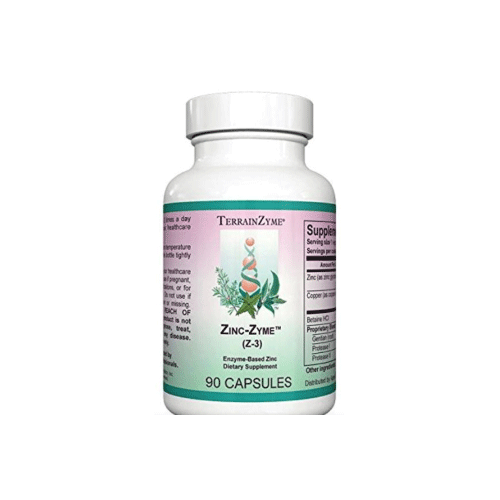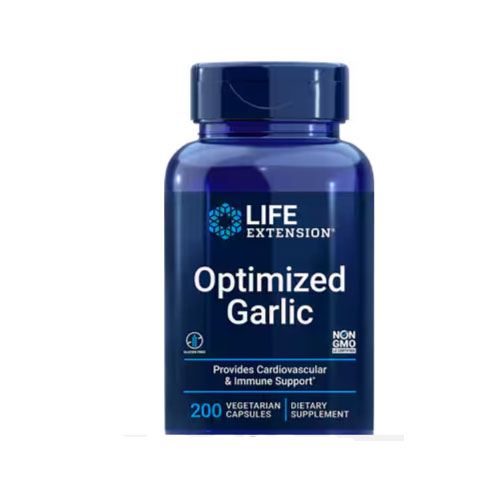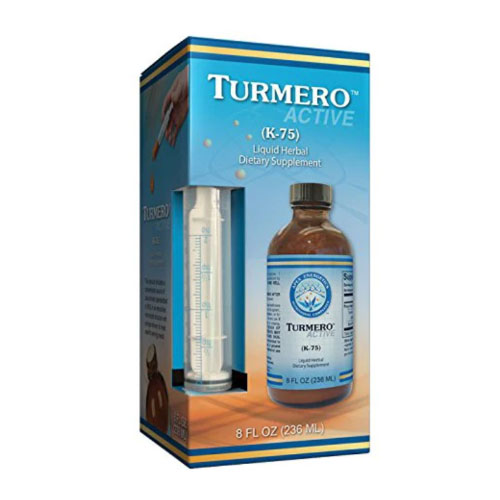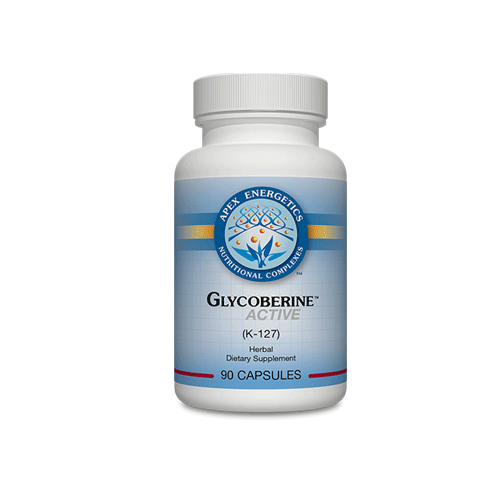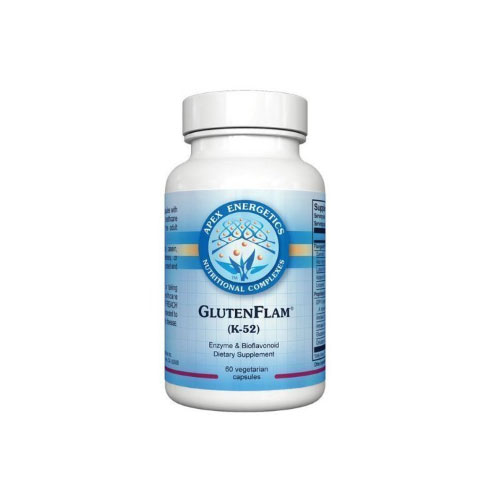Dehydroepiandrosterone (DHEA) is a neuroactive steroid nicknamed the “mother of the body’s” steroids. DHEAis produced in the adrenal glands, brain and skin.
Like other hormones, it, declines with age. By age 70 one only makes 10-20% the amount present at age 20.
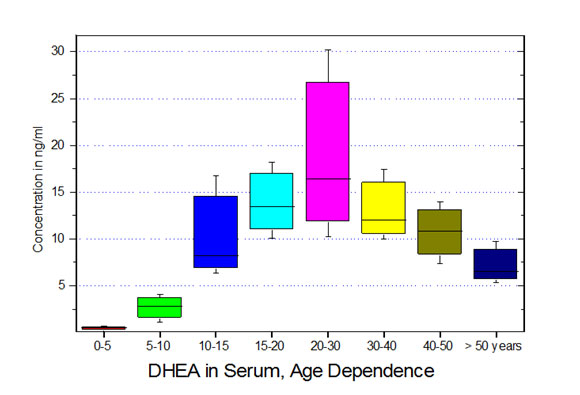
DHEA drives production of testosterone and estrogen, regulates mood, supports the immune system, improves insulin sensitivity, and is important in bone health, mood disorders, and weight loss.
DHEA acts as immunomodulator, neurotransmitter, antioxidant, and lipid regulator.
DHEA increases one’s’ sense of wellbeing, improves, aids in repair of tissue, alleviates allergic reactions, increases brain function, lean body mass, lowers triglycerides, and helps prevent blood clots. It plays a role in improving insulin sensitivity and preventing adult onset diabetes. (1)
DHEA stimulates IGF-1, hGH and B-adrenoceptors and reduces Sex Hormone Binding Globulin (SHBG).
DHEA reduces cardiovascular risk by increasing lipolysis, decreasing cholesterol and body fat. DHEA acts as an antioxidant, an anticoagulant, improves brain function and slows the aging process in animals.
DHEA acts as an antidepressant, prevents, insomnia, osteoporosis, atherosclerosis, and reduces the need for insulin.
DHEA relieves fatigue, dry eyes, dry skin, and facial wrinkling.
DHEA becomes deficient due to menopause, stress, aging and tobacco use.
DHEA excess can result in fatigue, anger, insomnia, weight gain especially belly fat, mood changes, facial hair, acne, irritability, poor sleep, PCOS and sugar cravings.
Serum values are age dependent with peak levels corresponding to the peak athletic and potency years.
Symptoms of Low DHEA Include:
| __Dry Hair |
| __Dry Skin and Eyes |
| __Flabby Muscles |
| __Flabby Abdomen |
| __Little Hair Under Arms |
| __Scant Pubic Hair |
| __Scant Fatty Tissue in Pubic Area |
| __Noise Intolerance |
| __Poor Libido |
| __Poor Sexual Scent |
DHEA reduces atherosclerotic plaques; inhibits platelet aggregation
(similar to aspirin), inhibits free radical formation and nuclear factor kappa B dependent transcription. It improves sexual function, skin tone, reduces cellulite, clitoral and vulvar vaginal atrophy in postmenopausal with no systemic effects2,3,4,5.
Low levels of DHEA are associated with all-cause mortality, cardiovascular mortality, immune dysfunction, autoimmune disease, cancer, hypertension, cardiovascular disease, depression and loss of well-being, low libido, erectile dysfunction, burning mouth syndrome, neurodegenerative disorders, hypothyroidism due to an inability to convert T4 to T3, bullous pemphigus, psoriasis and osteoporosis. (6)
A patient with diminished DHEA exhibits a premature aging appearance, is mildly nervous, and anxious. There is a loss of firmness of the cheeks, neck exhibits muscle wasting, hair under the arms and around the pubes regresses, the abdomen is obese, but the pubes show a regressed fat pad.
DHEA at 50 mg per day increases testosterone (60%) and estrogen (40%) in women, not men, with no adverse effects. (7) 7 Keto DHEA overcomes leptin resistance, gives weight loss without side effects (Kalman), improves immune function and is useful in Raynaud’s and autoimmune diseases. (8)
Panax Ginseng enhances the effectiveness of DHEA. (9) Phellodendron/Magnolia, 200 mg tid, increase DHEA by 227%. (10)
DHEA does not increase serum T levels in men DHEA in men increases estrogen level and DHT but not testosterone. (11)
DHEA replacement in women increases testosterone levels. We often opt to treat just with DHEA if our patient is close to optimal testosterone goals. (12)
Animal studies show that increased intracranial pressure induced by brain injury stimulates astrocytes to produce aromatase which converts androgen precursors. (13)
Uncorrected DHEA overdose results in side effects similar to testosterone overdose: Oily skin, oily hair, acne, excess then loss of facial and body hair, and breast tenderness due to conversion of DHEA to testosterone then estradiol.
Autistic children exhibit a major disequilibrium in their serotonergic system. DHEA-S is increased an average 192% versus “normal” for their age group. The Cortisol (neurotoxic)/DHEA-S (neuroprotective) ratio is a significantly increased suggesting a neurotoxic component to autism. (14)
Schizophrenics exhibit low levels of DHEA and when corrected to “normal” experienced improvements in their speech, movement, affective response, motivation and social interactions. (15)
DHEA administered to physiologic values significantly impacted Female Sexual Arousal Disorder (FSAD). Compared to placebo arousal/ sensation was improved by 68% (P = 0.006), arousal/lubrication by 39% (P = 0.014), orgasm improved by 75% (P = 0.047), and dryness during intercourse by 57%. (16)
Low DHEA levels due to stress and aging lead to cognitive decline. Patients with Alzheimer’s disease have levels of DHEA that are 48% lower than their normal counterparts. (17-18)
| Normal DHEA | 95-345 mg/dl | Male | Optimal DHEA 500-600 mg/dl |
| Female | Optimal DHEA 200-250 mg/dl |
DHEA Self Assessment(19)
| S/S of DHEA Deficiency | S/S DHEA Excess |
|
|
References
- Roden, E et al,”A Medical Progress: Risk of Testosterone replacement therapy and recommendations for monitoring,” NEJM 2004; 350:482-492
- Gordon, GB et al. Reduction of atherosclerosis by administration of dehydroepiandrosterone. A study in in the hypercholesterolemic New Zealand white rabbit with aortic intimal injury. J Clin Invest. 1988 Aug; 82 (2): 712-20
- Jesse RL, et al. Dehydroepiandrosterone Inhibits Human Platelet Aggregation in vitro and in vivo. Ann NY Acad Sci. 1995: 774: 281-90
- Iwasaki Y, et al. Dehydroepiandrosterone Sulfate inhibits nuclear factor-kappaB-dependent transcription in hepatocytes, possibly through antioxidant effect. J ClinEndocrinolMetab. 2004 Jul; 89 (7): 3449-54
- Labrie, et al. Menopause, Sept-Oct 2009
- Ohisson C, et al. Low Serum Levels of Dehydroepiandrosterone Sulfate Predict All-Cause and Cardiovascular Mortality in Elderly Swedish Men. J ClinEndocrinolMetab. 2010 Jul 7.
- Kritz-Silverstein, D et al. Effects of DHEA supplementation on cognitive Function and Quality of Life: The DHEA and Well-Ness (DAWN) Study. J Am Geriatric Soc. 2008 July; 56 (7)
- Ihler G, et al. 7-oxo-DHEA and Raynaud’s phenomenon. Med Hypothesis. 2003 Mar; 60 (3): 391-7.
- Hiai S, et al. EndocrinolJpn. 1979:226:661-665
- Heyman, Andrew, Adrenals: Common Herbs for Stress, Module I, A4M, Presented Dec 12, 2015, 3-4.
- Huber, G, Bioidentical Hormones. Module 1 A4M, Presented Dec. 12, 2015; 14
- Huber, G, Bioidentical Hormones. Module 1 A4M, Presented Dec. 12, 2015; 15
- Tutera, G, Gonadal Hormones and Brain Function, Module 1 A4 M, Presented Dec 11,2015, 3.
- Croonenberghs J, Spaas K, Wauters A, Verkerk R, Scharpe S, Deboutte D, Maes M. Faulty serotonin–DHEA interactions in autism: results of the 5- hydroxytryptophan challenge test. Neuro Endocrinol Lett. 2008 Jun;29(3):385-90.
- Hertoghe, T., DHEA, BHRT Syllabus, A4M Lecture Series, February 2015, 100.
- Genazzani AR, Stomati M, Valentino V, Pluchino N, Pot E, Casarosa E, Merlini S, Giannini A, Luisi M. Effect of 1‐year, low‐dose DHEA therapy on climacteric symptoms and female sexuality. 2011 Dec;14(6):661‐8
- Farr, S., et al., “DHEAS improves learning and memory in aged SAMP8 mice but not in diabetic mice,” Life Sci 2004; 75:2775-85.
- Grimley, E., et al., “Dehydroepiandrosterone (DHEA) supplementation for cognitive function in healthy elderly people,” Cochrane Database Syst Rev 2006; 4:
- Tai, P., 8 Powerful Secrets to Anti-Aging; United Writers Press inc., Tucker, Ga, 2007;79.

